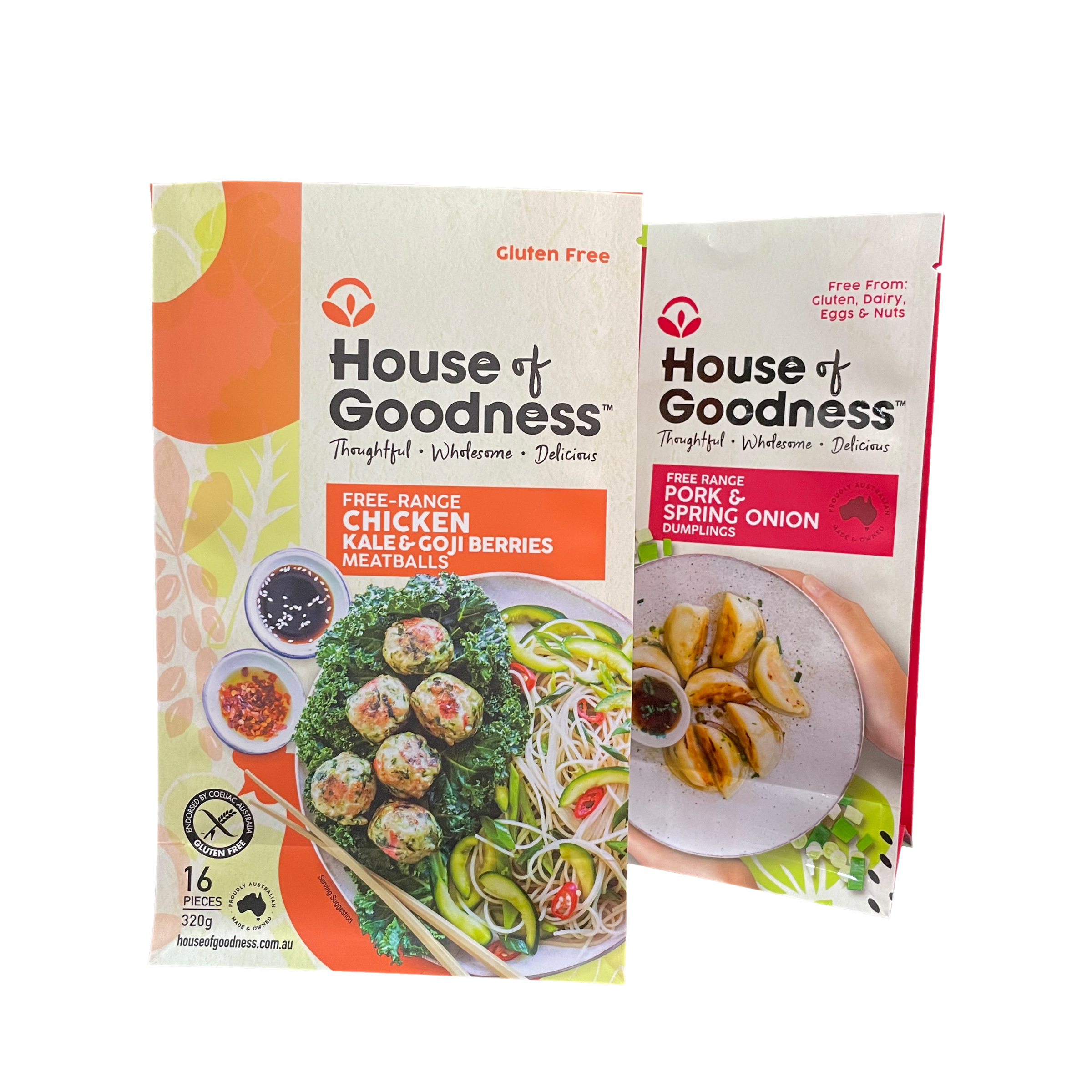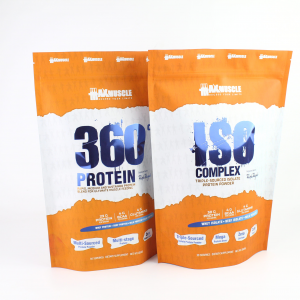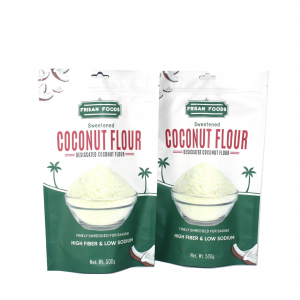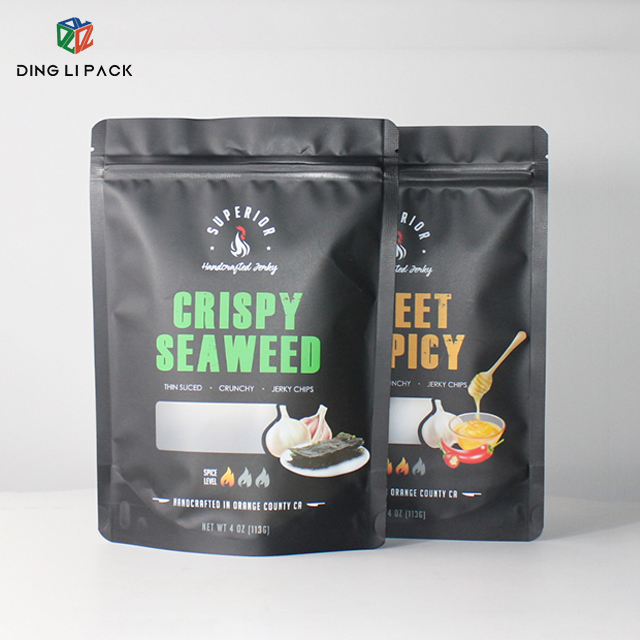Picture this: A global spice brand saved $1.2 million annually by switching to resealable Mylar bags, reducing waste and extending product freshness. Could your business achieve similar results? Let’s unpack why custom Mylar bags are revolutionizing long-term food storage—and which 15 foods deliver maximum ROI when stored properly.
The Science Behind Mylar: How Does It Protect Food?
Mylar bags are crafted from a specialized polyester film known for its exceptional barrier properties. Unlike standard plastic storage bags, Mylar effectively blocks moisture, oxygen, and light—three primary culprits that contribute to food degradation. By creating a near-impenetrable shield, Mylar ensures that your food remains fresh, safe, and nutrient-rich for extended periods.
Key Features of Mylar Bags for Food Storage:
✔ High barrier to oxygen and moisture
✔ Blocks light exposure to prevent spoilage
✔ Durable, puncture-resistant material
✔ 30% longer shelf life vs. traditional packaging
✔ Easy to heat-seal for an airtight closure
Why Mylar Bags Are Superior to Other Storage Options
Compared to traditional food storage methods such as plastic containers, vacuum-sealed bags, or glass jars, Mylar bags offer superior long-term protection. Their flexibility and lightweight nature make them convenient for both storage and transportation, while their durability ensures that external elements don’t compromise the stored contents.
|
Storage Method |
Moisture Protection |
Oxygen Protection |
Light Protection |
Durability |
| Plastic Containers | Medium | Low | Low | High |
| Vacuum-Sealed Bags | High | Medium | Low | Medium |
| Glass Jars | High | High | High | Fragile |
| Mylar Bags | High | High | High | Very High |
How Mylar Bags Extend Shelf Life: Moisture, Oxygen & Light Protection
The longevity of stored food depends on controlling three key factors:
Moisture: Causes mold growth and spoilage.
Oxygen: Leads to oxidation, nutrient loss, and insect infestation.
Light: Breaks down food’s nutrients and accelerates degradation.
Mylar’s high-barrier properties effectively combat these elements, making it one of the best food storage solutions available.
Top 15 Foods That Store Best in Mylar Bags
Selecting the right foods for Mylar bag storage is crucial. Here are the best choices:
Dry Staples with Long Shelf Life
White Rice (25+ Years) – A versatile staple that maintains its quality for over two decades.
Wheat Berries (20+ Years) – Whole grains ideal for long-term storage and milling into fresh flour.
Rolled Oats (10+ Years) – Perfect for breakfasts and baking.
Dried Beans & Lentils (10+ Years) – High in protein and fiber.
Pasta & Egg Noodles (8+ Years) – Easy-to-store carbohydrate sources.
Essential Baking Ingredients
Flour (5+ Years) – White flour lasts longer than whole grain varieties.
Sugar (Indefinite) – Doesn’t spoil when kept dry.
Salt (Indefinite) – Remains stable indefinitely.
Baking Soda & Baking Powder (Indefinite) – Essential leavening agents.
Protein & Nutrient-Packed Foods
Freeze-Dried Fruits & Vegetables (20+ Years) – Retain most nutrients and flavor.
Powdered Milk & Eggs (10+ Years) – Convenient dairy and protein sources.
Peanut Butter Powder (5+ Years) – Provides protein without spoilage risk.
Whole Spices & Herbs (4+ Years) – Retain flavor longer than ground versions.
Beef Jerky (3+ Years) – A protein-rich snack with a long shelf life.
How to Properly Store Food in Mylar Bags for Maximum Freshness
Choosing the Right Thickness: 3.5 Mil vs. 7 Mil Bags
Thicker bags (7 Mil) offer enhanced protection against punctures and light exposure, making them the preferred choice for long-term food storage.
Why Oxygen Absorbers Are Crucial for Food Storage
Oxygen absorbers remove residual oxygen inside the bag, preventing oxidation and the growth of aerobic pathogens. Using the right amount based on bag size ensures optimal preservation.
Best Sealing Methods: Heat Sealing vs. Vacuum Sealing
Heat Sealing: The most reliable method for Mylar bags, ensuring an airtight seal.
Vacuum Sealing: Can be used but requires Mylar-compatible equipment.
Storing Mylar Bags: Temperature, Humidity & Light Considerations
For best results, store Mylar bags in a cool, dry, and dark environment. Avoid areas with fluctuating temperatures or high humidity.
Common Mistakes to Avoid When Using Mylar Bags
1. Not Using Oxygen Absorbers for Moisture-Sensitive Foods
Leaving oxygen inside can lead to mold growth and spoilage, especially for moisture-sensitive foods.
2. Storing High-Fat or Moisture-Rich Foods That Spoil Quickly
Foods high in fat or moisture (e.g., fresh meat, dairy) are not suitable for Mylar storage due to rancidity risks.
3. Improper Sealing Leading to Air Leaks & Food Spoilage
Ensure seals are secure and free from wrinkles or debris to maintain an airtight environment.
4. Using Low-Quality Mylar Bags That Degrade Over Time
Invest in high-quality Mylar bags to prevent tears, punctures, and premature degradation.
Why Mylar Bags Are the Best Choice for Food Manufacturers & Retailers
For businesses in the food industry, Mylar bags provide numerous advantages:
Cost-Effective Packaging Solution for Bulk Food Storage
Mylar bags are an economical choice, reducing packaging costs while ensuring product safety.
Custom Branding & Printing for Enhanced Market Appeal
With options for custom printing, Mylar bags can serve as a marketing tool, enhancing brand recognition and appeal.
Eco-Friendly Options Available
Many Mylar bag manufacturers now offer recyclable and biodegradable alternatives to meet sustainability goals.
Why Food Giants Choose Us: OEM Mylar Manufacturing Perks
At DINGLI PACK, we’ve helped 1000+ brands like yours with:
✅ Multi-Layer Protection – FDA-compliant 7mil Mylar with anti-static lining
✅ Profit-Boosting Customization – Matte finish branding that withstands decades
✅ Eco-Edge – 100% recyclable materials meeting sustainability mandates
Click “Get Quote” now—your first 100 custom Mylar bags are on us!
Post time: Mar-11-2025










